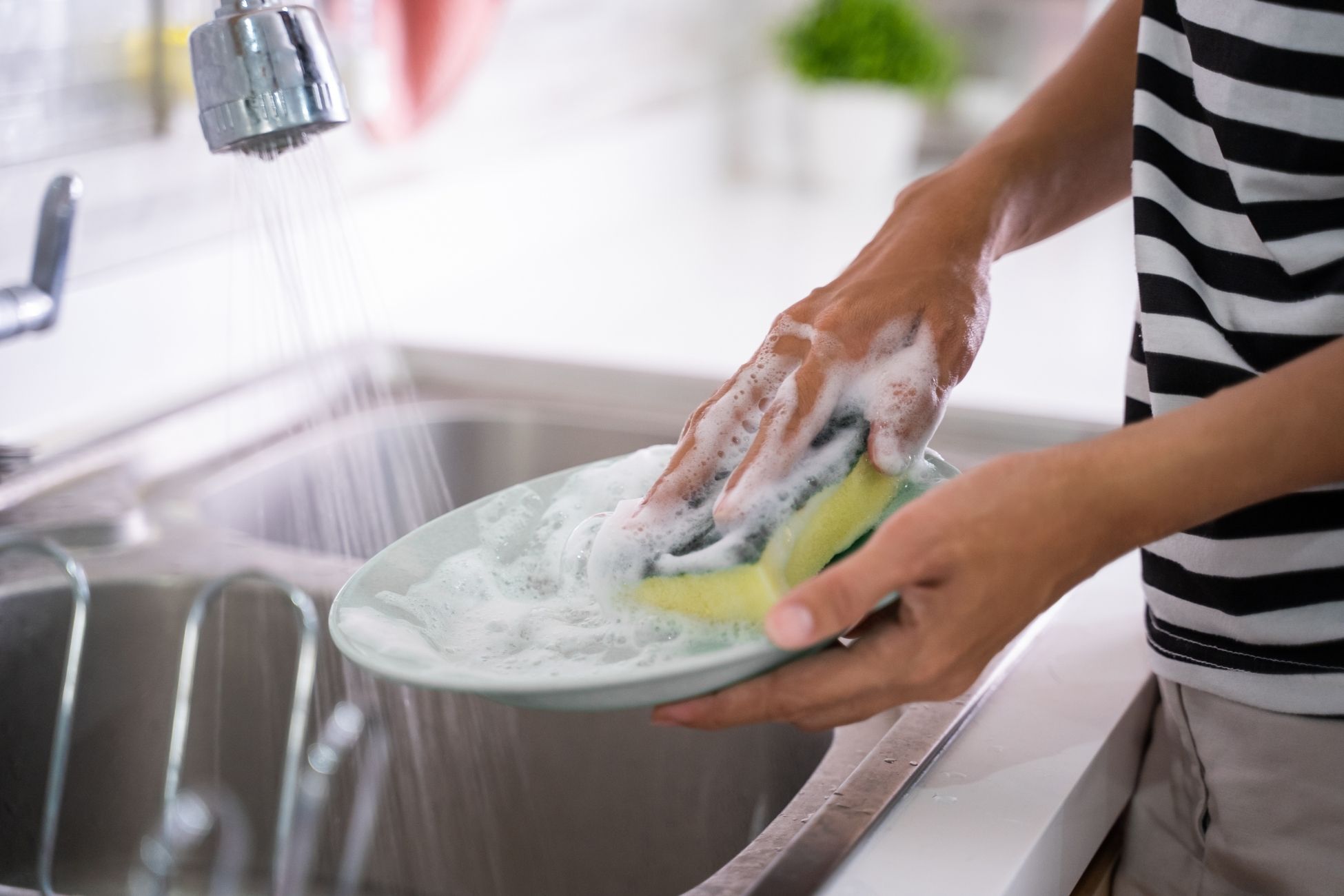Kitchen Items That Could Be Making You Sick
The kitchen is often called the heart of the home. However, there are dangers lurking that can make you sick. Some of these can lead to digestive upset, but others can be more lethal to those with compromised immune systems. Take a look around your kitchen to see if any of these items could be the culprit.
Food Handling. How you handle food in the kitchen is a crucial health hazard. If handled incorrectly bacteria can multiply rapidly, leading to foodborne illnesses. Foods should be brought to the proper temperature needed to kill bacteria. Leftovers should be stored at the correct temperatures and never left on the counter for extended periods of time. All fresh produce should be washed before eating or used in recipes. Cross contamination between raw and cooked foods can be as simple as using the same plate. It’s best to keep these separated as much as possible, and never wash raw meat in the sink. Wash your hands frequently when moving through various cooking steps.
Kitchen Towels. Fabric towels are essential in a kitchen and a great way to cut back on the use of paper towels. However, the danger comes if you are not washing them frequently leading to cross-contamination. Use separate towels for cleaning, food preparation and hand washing. Wash these towels in hot water after use.
Cutting Boards. A cutting board makes food preparation easier and protects kitchen countertops. Using separate cutting boards for meats, fruits and vegetables is a necessity, otherwise cross-contamination can lead to severe health consequences. Wooden cutting boards should be washed after every use with hot, soapy water. Never place these in a dishwasher because they can be damaged.
Sponges. Due to their porous structure, sponges are great at absorbing spills but also providing a perfect environment for bacteria to thrive. Sponges should be washed in hot, soap water and placed in a spot with proper air circulation to dry. If a sponge has a peculiar smell after cleaning, discard it instead. These odors can be signs of bacterial growth.
Source: the Spruce

